|
<NOTE>
Photos from the Pioneer Period of Mahale
Michio Nakamura (photographs by Toshisada Nishida)
Wildlife Research Center, Kyoto University, Japan The late Prof. Toshisada Nishida, the founder of the Mahale Mountains Chimpanzee Research Project, left piles of research materials, such as field notes, photographs, videos, research memos, etc. These materials are precious information sources to know the early days of Mahale research and the chimpanzees. Nishida was also interested in traditional lifestyle of the Tongwe people who were living at Mahale when Nishida started the research. Thus the materials also includes ethnographic information of the Tongwe at the time. The materials are now stored in a room at Wildlife Research Center, Kyoto University. By a grant from the Research Resource Archive, Kyoto University, we are now digitalizing these materials. Due to the large amount of materials and limited budgets, we have started from older photographs that were taken in 1960s and 1970s. Here I would like to show some of such photographs. 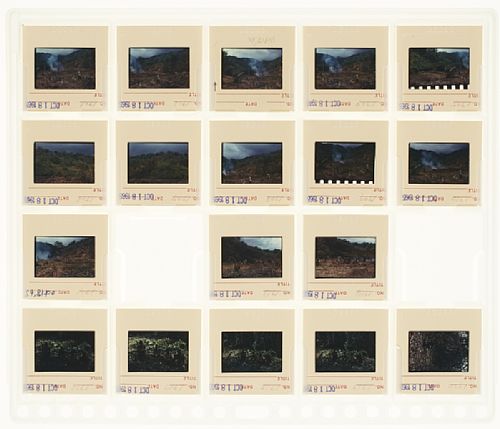
Figure 1. A leaf from Nishida’s slide photo files. The most of color photographs had originally been kept in this way. Now each slide film is dismounted and kept between a sheet in order to avoid oxidization. 
Figure 2. Nishida, Takayoshi Kano, Jun’ichiro Itani, Kosei Izawa and two Tanzanian research assistants (from left to right) at Kasakati Camp. Nishida first went to Kasakati before starting his research at Mahale. Taken in 1965. 
Figure 3. At Kasakati Research Camp. Porters, Itani, and Kano (from left to right). Taken in 1965. 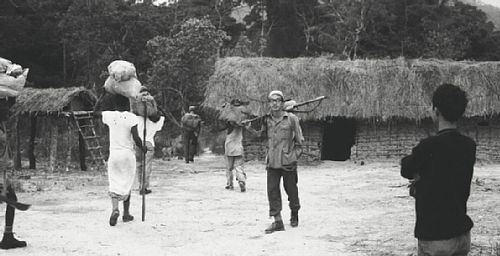
Figure 4. At Kasakati Research Camp. Itani is at the center carrying a gun. Taken in 1965. 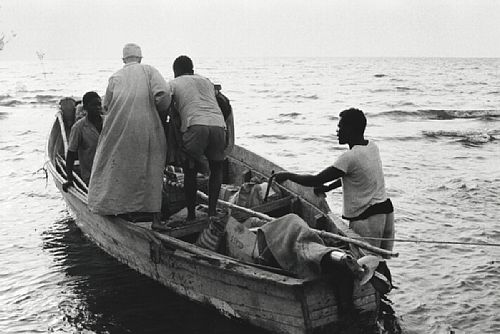
Figure 5. A boat which was probably used by Nishida when he first went to Mahale. Taken in 1965. 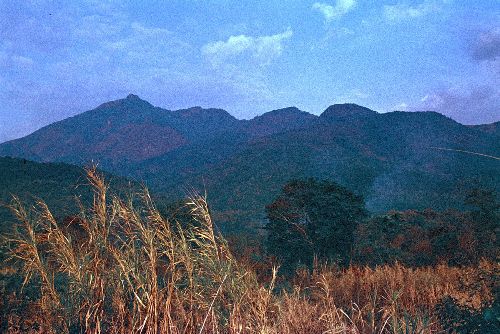
Figure 6. Mahale Mountains viewed from the lakeshore of the Tanganyika. This photograph was taken on October 13, 1965, thus two days after Nishida’s first arrival to Mahale. 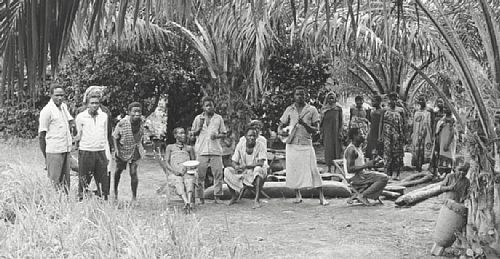
Figure 7. Tongwe people probably at Kasiha Village at Mahale. They seem to be preparing for traditional dance and music. At the time Nishida arrived at Mahale, there still were several Tongwe villages there and people there were living in traditional way. Taken in 1965. 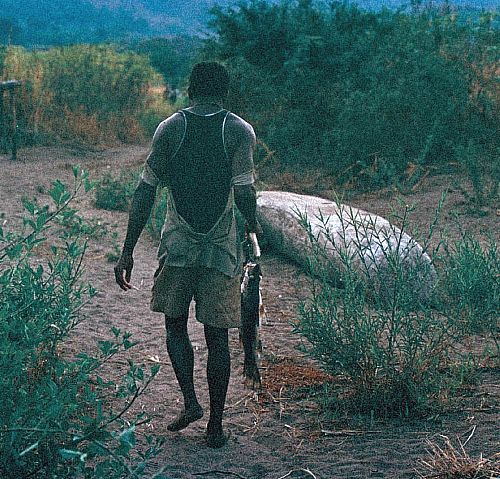
Figure 8. A Tongwe man with a lake fish, probably at Kasiha Village. Taken on October 13, 1965. 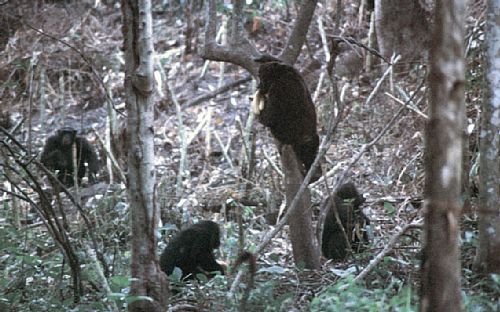
Figure 9. Chimpanzees of K group at Kansyana feeding site, taken on August 8, 1967, about a year after the success of the habituation. This was Nishida’s second visit to Mahale. 
Figure 10. Two early Tongwe research assistants, Issa Kapame Ally (left) and Ramadhani Nyundo (right) beating drums on a boat. Taken on August 11, 1967. 
Figure 11. Nishida (left) and a Tongwe lady. Taken on November 4, 1968. 
Figure 12. A Tongwe traditional instrument. Taken on October 4, 1968. 
Figure 13. Tongwe men in a village. The man in the center has a traditional string instrument. Taken on October 4, 1968. 
Figure 14. Chimpanzees at feeding site. Taken on August 15, 1969. 
Figure 15. Chimpanzees and Nishida at feeding site. Taken on August 13, 1969. In this year, Nishida had already obtained his doctor’s degree at Kyoto University. Kenji Kawanaka first joined the research in this year. 
Figure 16. At Mt. Sibindi. Kawanaka is in front right. Taken on September 2, 1969. 
Figure 17. Tongwe’s traditional artifacts. The leopard skulls at the tips of dead branches are called nsongole that displays the location of a Tongwe chief, mwami. Taken on September 6, 1969. Back to Contents |